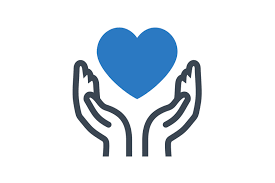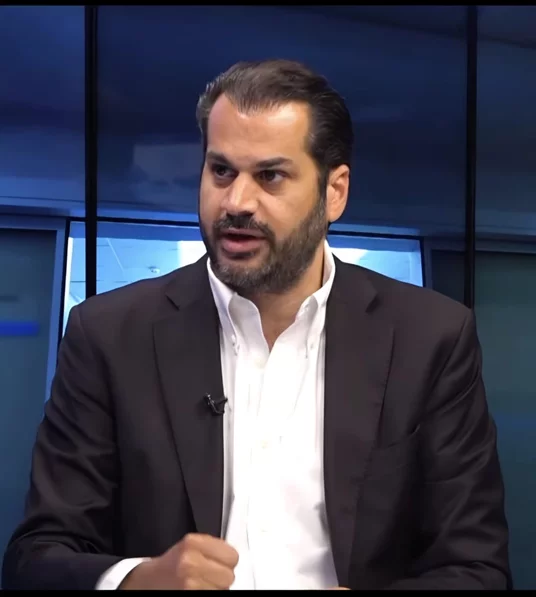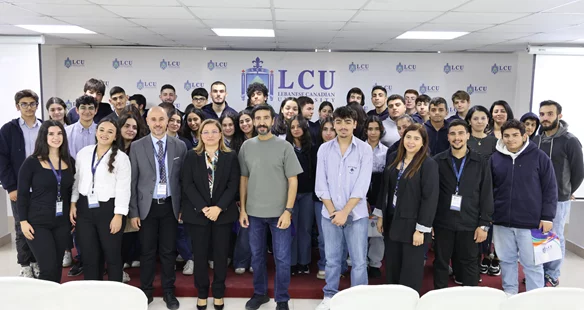To effectively combat stress, you need to activate your body's natural relaxation response. Techniques such as deep breathing, visualization, meditation, and yoga can help
Relaxation technique #1: Deep breathing
With its focus on full, cleansing breaths, deep breathing is a simple yet powerful relaxation technique. It's easy to learn, can be practiced almost anywhere, and provides a quick way to get your stress levels in check. Deep breathing is the cornerstone of many other relaxation practices, too, and can be combined with other relaxing elements such as aromatherapy and music. While apps and audio downloads can guide you through the process, all you really need is a few minutes and a place to sit quietly or stretch out.
#2: Progressive muscle relaxation
Progressive muscle relaxation is a two-step process in which you systematically tense and relax different muscle groups in the body. With regular practice, it gives you an intimate familiarity with what tension-as well as complete relaxation-feels like in different parts of your body. This can help you react to the first signs of the muscular tension that accompanies stress. And as your body relaxes, so will your mind.
Progressive muscle relaxation can be combined with deep breathing for additional stress relief.
#3: Body scan meditation
This is a type of meditation that that focuses your attention on various parts of your body. Like progressive muscle relaxation, you start with your feet and work your way up. But instead of tensing and relaxing muscles, you simply focus on the way each part of your body feels, without labeling the sensations as either "good" or "bad".
- Lie on your back, legs uncrossed, arms relaxed at your sides, eyes open or closed. Focus on your breathing for about two minutes until you start to feel relaxed.
- Turn your focus to the toes of your right foot. Notice any sensations you feel while continuing to also focus on your breathing. Imagine each deep breath flowing to your toes. Remain focused on this area for three to five seconds (or more).
- Move your focus to the sole of your right foot. Tune in to any sensations you feel in that part of your body and imagine each breath flowing from the sole of your foot. After one or two minutes, move your focus to your right ankle and repeat. Move to your calf, knee, thigh, hip, and then repeat the sequence for your left leg. From there, move up the torso, through the lower back and abdomen, the upper back and chest, and the shoulders. Pay close attention to any area of the body that causes you pain or discomfort.
- After completing the body scan, relax for a while in silence and stillness, noting how your body feels. Then slowly open your eyes and stretch, if necessary.
#4: Visualization
Visualization, or guided imagery, is a variation on traditional meditation that involves imagining a scene in which you feel at peace, free to let go of all tension and anxiety. Choose whatever setting is most calming to you, whether it's a tropical beach, a favorite childhood spot, or a quiet wooded glen.
You can practice visualization on your own or with an app or audio download to guide you through the imagery. You can also choose to do your visualization in silence or use listening aids, such as soothing music or a sound machine or a recording that matches your chosen setting: the sound of ocean waves if you've chosen a beach, for example.
Practicing visualization
Close your eyes and imagine your restful place. Picture it as vividly as you can: everything you see, hear, smell, taste, and feel. Just "looking" at it in your mind's eye like you would a photograph is not enough. Visualization works best if you incorporate as many sensory details as possible. For example, if you are thinking about a dock on a quiet lake:
#5: Self-massage
You're probably already aware how much a professional massage at a spa or health club can help reduce stress, relieve pain, and ease muscle tension. What you may not be aware of is that you can experience some of the same benefits at home or work by practicing self-massage, or trading massages with a loved one.
Try taking a few minutes to massage yourself at your desk between tasks, on the couch at the end of a hectic day, or in bed to help you unwind before sleep. To enhance relaxation, you can use aromatic oil, scented lotion, or combine self-message with mindfulness or deep breathing techniques.
#6: Mindfulness meditation
Mindfulness has become extremely popular in recent years, garnering headlines and endorsements from celebrities, business leaders, and psychologists alike. So, what is mindfulness? Rather than worrying about the future or dwelling on the past, mindfulness switches your focus to what's happening right now, enabling you to be fully engaged in the present moment.
Meditations that cultivate mindfulness have long been used to reduce stress, anxiety, depression, and other negative emotions. Some of these practices bring you into the present by focusing your attention on a single repetitive action, such as your breathing or a few repeated words. Other forms of mindfulness meditation encourage you to follow and then release internal thoughts or sensations. Mindfulness can also be applied to activities such as walking, exercising, or eating.
Using mindfulness to stay focused on the present might seem straightforward, but it takes practice to reap all the benefits. When you first start practicing, you'll likely find that your focus keeps wandering back to your worries or regrets. But don't get disheartened. Each time you draw your focus back to the present, you're strengthening a new mental habit that can help you break free of fretting about the past or stressing about the future. Using an app or audio download can also help focus your attention, especially when you're starting out.
#7: Rhythmic movement and mindful exercise
The idea of exercising may not sound particularly soothing, but rhythmic exercise that gets you into a flow of repetitive movement can produce the relaxation response. Examples include:
- Running
- Walking
- Swimming
- Dancing
- Rowing
- Climbing











.webp)













